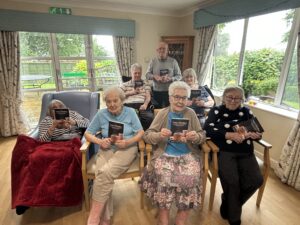New algorithm to identify number of care home residents
A partnership between NHS England and NHS Improvement and the Health Foundation has developed a new algorithm to accurately identify the number of care home residents.
The Covid-19 pandemic has been instrumental in highlighting how the lack of a national registry of care home residents in England has hampered efforts to adequately support this population subgroup.
Meeting the needs of today’s ageing population with multiple health and healthcare needs is recognised to be among the most serious of challenges currently faced by the National Health Service (NHS) in England.
Understanding the size of the population of older care home residents is regarded by national policy-makers and healthcare leaders as vital for future planning and decision making, given limited healthcare resources and budget constraints, and to determine the burden it brings to bear on the NHS.
In the absence of a national registry for care homes, the Improvement Analytics Unit (IAU, a partnership between NHS England and NHS Improvement and The Health Foundation) has explored the feasibility of new methods of identifying care home residents throughout England by linking publicly available addresses for care homes with routinely collected patient health records.

One proposal to address this problem was to use Unique Property Reference Numbers (UPRNs) of care home addresses, in combination with routinely collected administrative data from GP practices, to identify care home residents in a given postcode.
This approach is now widely adopted (for instance by NHS Digital) relative to manual address matching, which is still considered to be the ‘gold standard’ in terms of reliability notwithstanding its practical drawbacks.
Manual address matching is in fact a poorly scalable and very data-demanding solution to the problem. However, a statistical validation study conducted by the IAU has demonstrated a remarkable diagnostic performance for the UPRN-based approach.
The authors said: ‘This methodology allows for care home residents to be identified from healthcare data and for multiple sources of information on care homes to be linked.’
The UPRN approach is very accurate in terms of statistical specificity and positive predictive value, both of which are estimated as nearly 100%.
It is reasonable to expect that further development of the UPRN-based algorithm will lead to improvements in its true positive rate. This approach is especially suitable in applications where the derived sample is sufficiently large and fairly representative of the care home residents’ population.
Photo Credit – Andreea Popa















